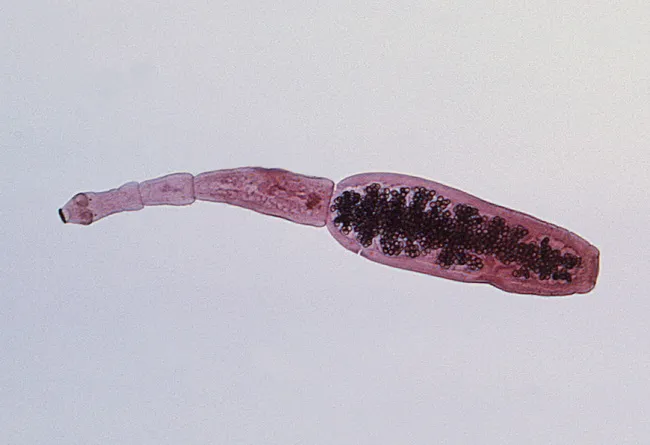Hydatid disease is caused by a small tapeworm called Echinococcus granulosus. People usually get infected by touching dogs or eating food and water contaminated by dog faeces.
If you think you might be at risk or are experiencing symptoms, you can get personalised advice and guidance from a licensed doctor through Hope Plus. They can help you understand your condition, suggest tests, and explain treatment options safely.
Symptoms You Might Notice
- Liver problems: Some people may not feel anything at first. Others may notice abdominal pain, a lump in the tummy, or yellowing of the skin (jaundice) if the liver is affected.
- Lung problems: Cysts in the lungs may cause cough, chest pain, or coughing up blood.
- Severe allergic reactions: If a cyst bursts, it can trigger fever, skin rashes, hives, or in rare cases, a life-threatening allergic reaction.
How It Is Diagnosed
Doctors may recommend imaging like ultrasound or CT scans to see the cysts in the body. Blood tests and other simple checks can help confirm the infection.
Treatment Options
- Some cases need surgery to safely remove cysts.
- In other cases, or before surgery, medicines like Albendazole are used to stop the worms from growing. For children over 2 years and adults, Albendazole is usually taken twice daily for several months under a doctor’s supervision.
How to Protect Yourself
- Wash fruits and vegetables thoroughly before eating.
- Drink clean, safe water.
- Be careful when handling dogs, and always wash hands after contact.
- Communities should safely dispose of dog faeces to reduce the risk of infection.


